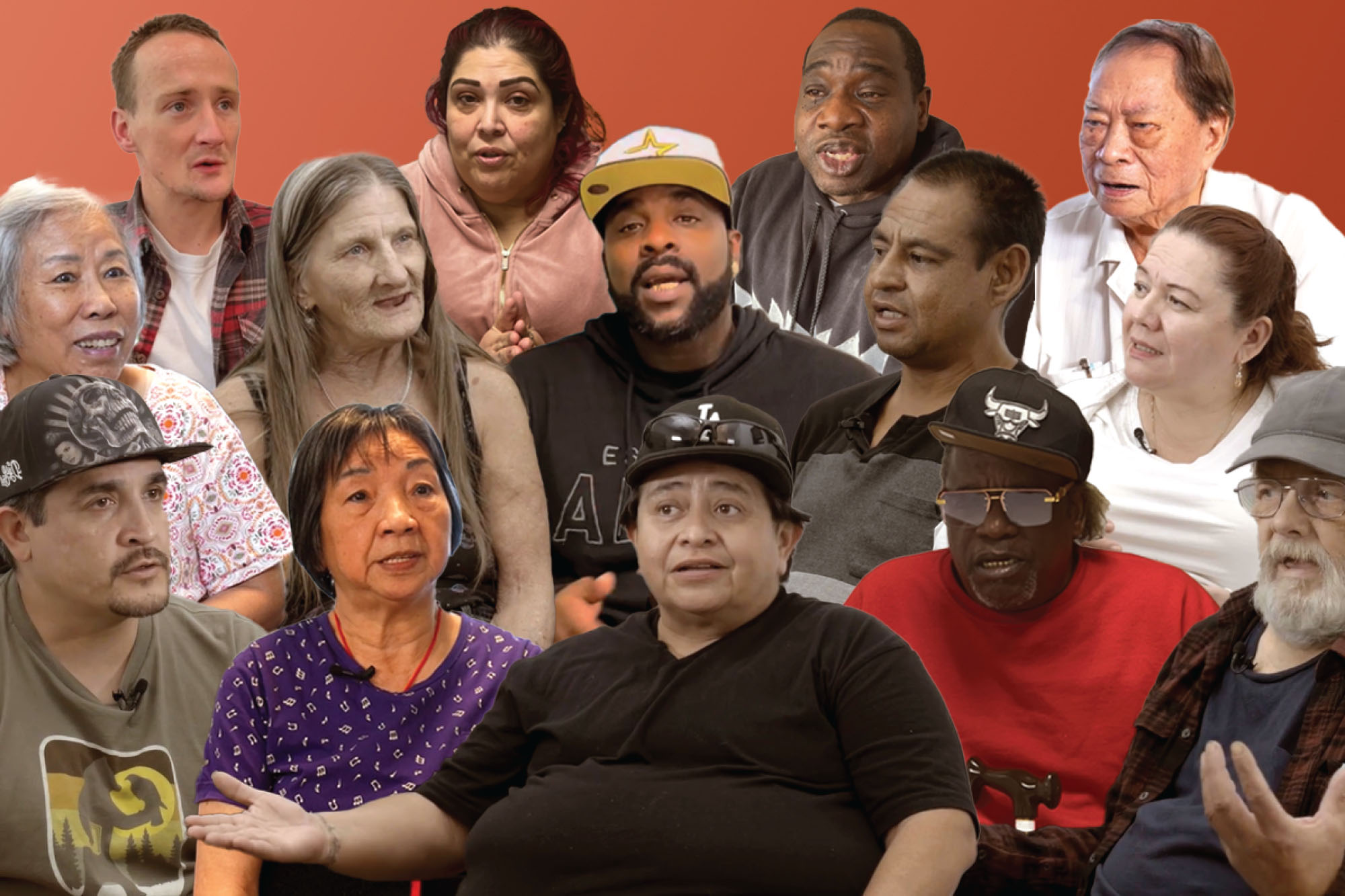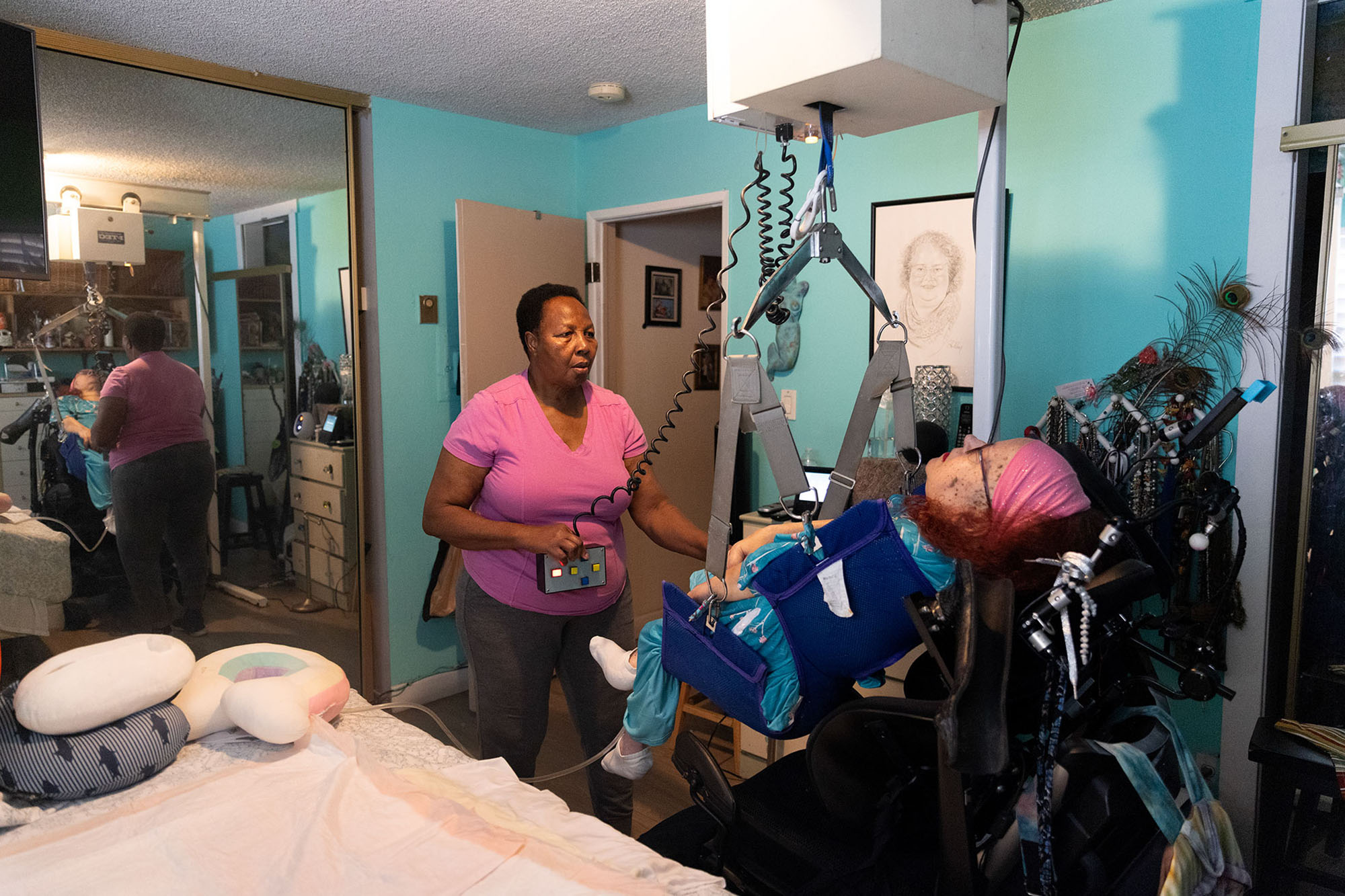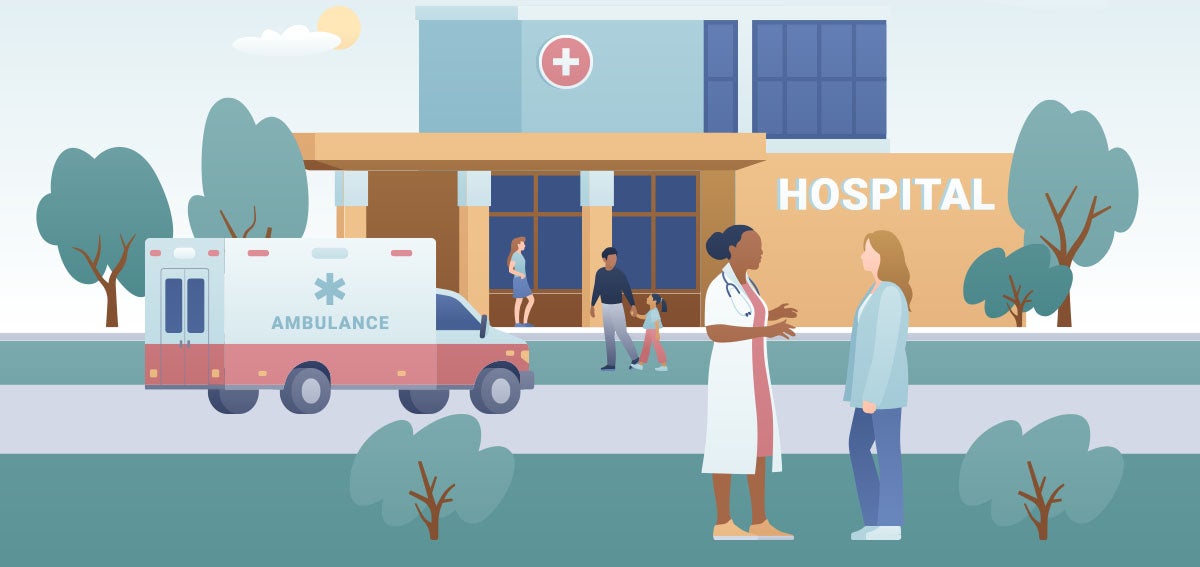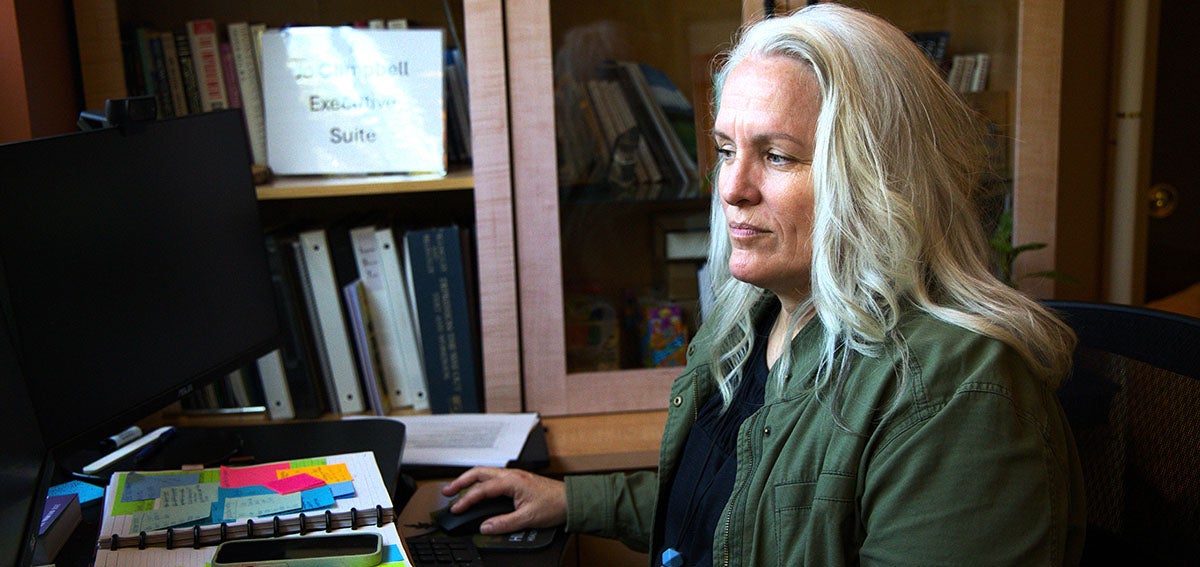View the Report
Jump to All Downloads & LinksMillions of Californians have gained health coverage through Medi-Cal, yet many eligible for the program remain uninsured. CHCF commissioned qualitative research to better understand what prevents eligible Californians from enrolling and to identify ways California can make Medi-Cal even more accessible to the population it is designed to serve.
Through virtual focus groups and in-depth interviews with 91 Californians, the research team explored the knowledge, attitudes, and enrollment experiences of people who are likely eligible for Medi-Cal yet remain uninsured.
Key Findings
Key findings include:
- Respondents who had not applied for Medi-Cal were deterred by a range of unanswered questions, information gaps, and negative perceptions, including:
- Not clearly or accurately distinguishing Medi-Cal from Covered California, leading to confusion and misperceptions about available coverage options and their potential costs and benefits.
- The perception that Medi-Cal offered poorer coverage or less respectful treatment than other types of insurance.
- Concerns among noncitizen respondents that applying for Medi-Cal might affect their immigration status.
- Confusion, rumors, and incorrect characterizations of complex eligibility rules that vary for different populations — for example, the belief one’s estate might have to pay back benefits upon death.
“It’s like a low-income (product). I don’t really think of myself as low income. I don’t think of myself as that. Maybe I feel like subconsciously I’m too good for it. Maybe that’s just what it is.”
—Black participant, Central Valley
- Respondents who began the application process reported being frustrated by delays, lack of clear communication, and follow-up by program administrators, including:
- Application rejections without adequate explanation; insight into when, how, or under what circumstances they might reapply for Medi-Cal; or guidance on pursuing other coverage options.
- Repeated requests for additional documentation during the application process.
- Unclear next steps and handoffs in the application process (both for applications submitted to Medi-Cal directly as well as those started with Covered California).
- Difficulty accessing support and personalized assistance, including in-language help and resources for Spanish- and Mandarin-speaking respondents.
- Challenges navigating Medi-Cal eligibility and enrollment during common life transitions, including aging out of foster care or off a parent’s health insurance plan, giving birth, getting a divorce, or losing or gaining employer-sponsored insurance.
“After the experiences I’ve had, I don’t think I’m going to qualify. You get discouraged and don’t bother to try again.”
—Latinx participant, Inland Empire (Spanish)
Additional Steps California Can Take to Make Medi-Cal Enrollment More Accessible and Welcoming
In 2021 California approved several Medi-Cal changes, including accelerated enrollment, yearlong eligibility for new mothers, removal of the asset test for all eligibility categories, and field testing of translated materials, that hold promise to address many of the challenges identified by this research. California can take additional steps to make Medi-Cal enrollment more accessible and welcoming.
- Take advantage of existing flexibilities under federal law to simplify Medi-Cal documentation requirements and extend continuous eligibility for 12 months at a time for all enrollees. This would make it easier for eligible people to obtain and maintain Medi-Cal when they need it, without interruption or delays due to work and living arrangement changes or normal life transitions.
- Invest in a coordinated set of operational improvements that would make the program more welcoming, inclusive, and supportive.
- Invest in consumer-directed materials, training, and performance improvement efforts to support customer service goals guided by the foundational principle that all applicants should be treated with respect.
- Take specific steps to combat misinformation by avoiding offputting terms, elevating core messages, and assessing how applicants encounter available web resources.
- Develop an application status tracker and provide additional support at transition points to improve coordination between Medi-Cal and Covered California.
- Implement a comprehensive approach to tracking enrollment outcomes to ensure accountability across all application channels.
These actions, described in more detail in the full report, would help build a more welcoming and accountable program and increase the likelihood that eligible Californians enroll in a timely fashion, remain covered when their circumstances change, and gain better access to services. Taking such steps would bring the state as a whole closer to the goal of universal coverage.
About the Authors
Michele Cordoba and Brenda Lee are founding directors of Vision Strategy and Insights, a full-service research and strategy firm with more than 20 years of experience in the development and implementation of actionable research studies among general market, Latinx, Black, and Asian American consumers.
Marian Mulkey, principal of Mulkey Consulting, offers strategic guidance, impact assessment, and health policy expertise for philanthropic, public sector, and nonprofit organizations.
Terri Shaw is an independent consultant with more than 25 years of experience working at the intersection of policy and technology to improve access to health benefits and social services.
Authors & Contributors
Michele Cordoba
Culture IQ (formerly Vision Strategy and Insights)
Brenda Lee
Vision Strategy and Insights

Marian Mulkey
Marian Mulkey was chief learning officer at the foundation. From 2010 until 2014, she served as director of the foundation’s Health Reform and Public Programs Initiative, where she led CHCF’s work to analyze the Affordable Care Act and inform public and private stakeholders and the public on ways to implement the law that would improve and expand coverage.
Marian previously worked as senior program officer in the foundation’s Market and Policy Monitor program, where she led work to monitor California’s health insurance markets. Prior to joining CHCF, she worked as an independent health policy consultant and at Kaiser Foundation Health Plan, where her responsibilities included pricing, utilization data reporting, and policy development.
Marian received a master’s degrees in public policy and public health from the University of California, Berkeley, and a bachelor’s degree in biology and economics from Reed College in Portland, Oregon.





